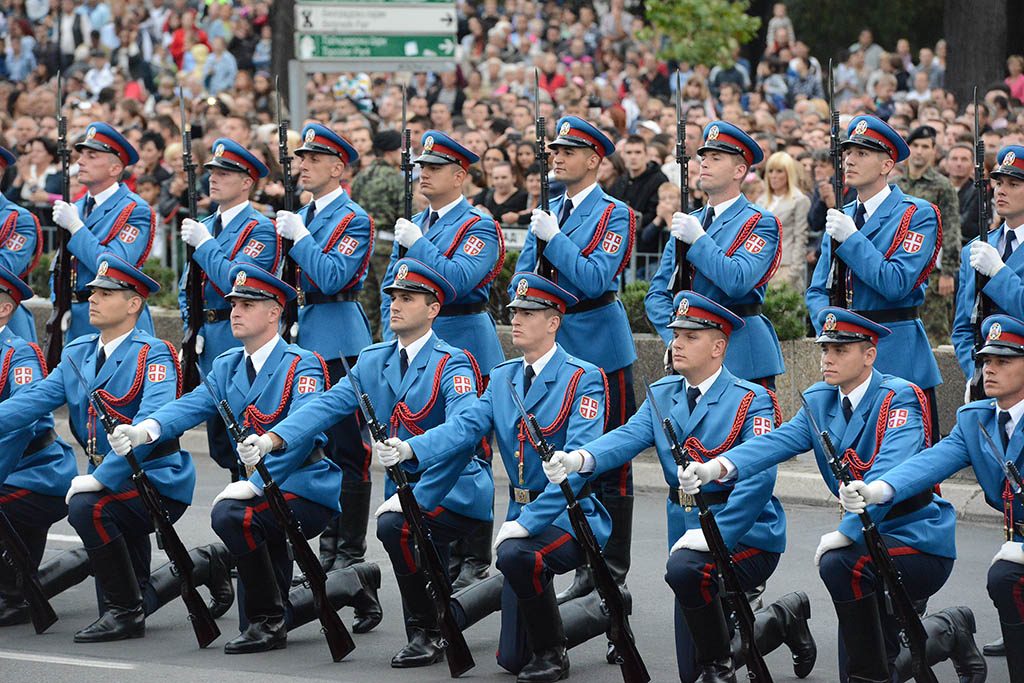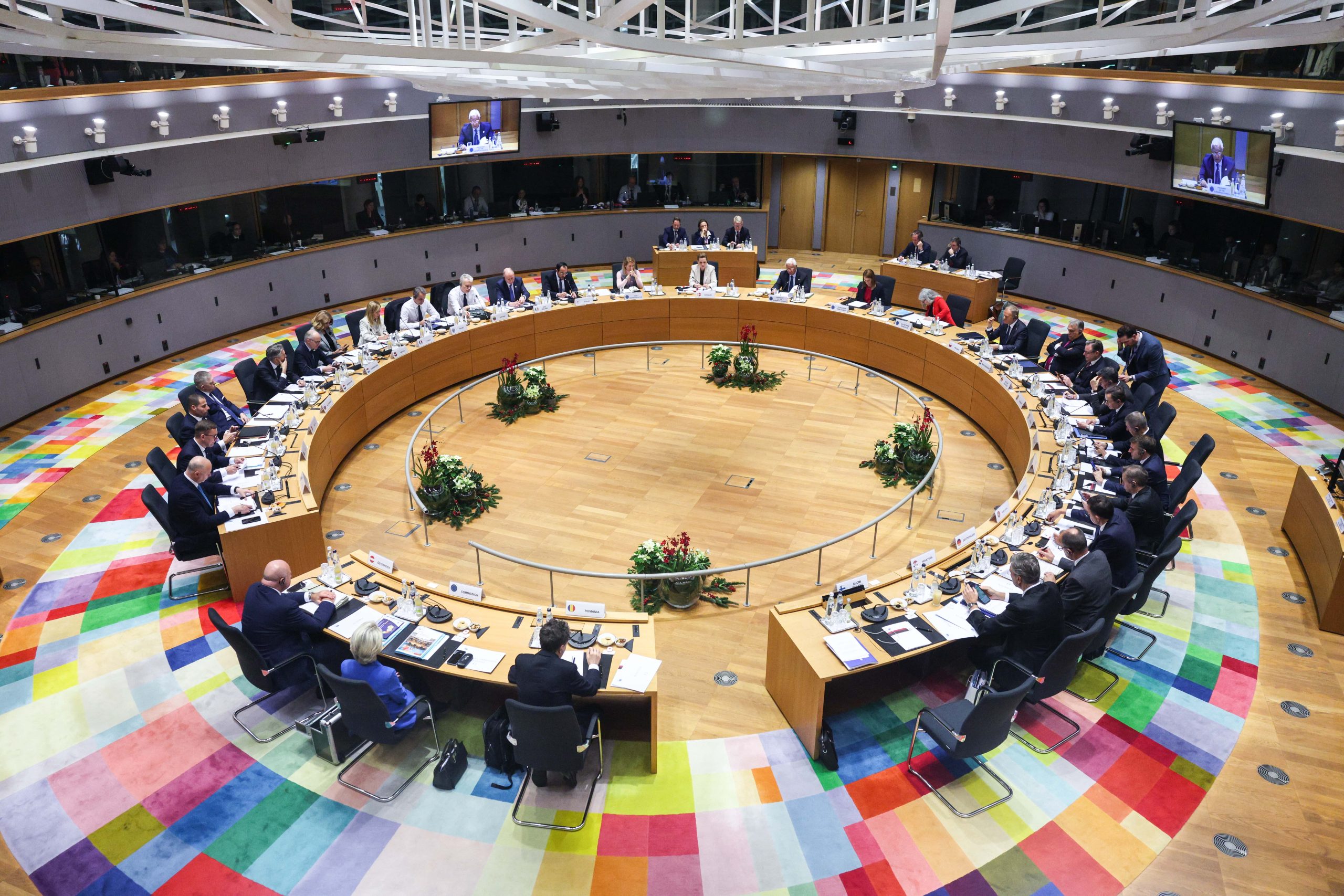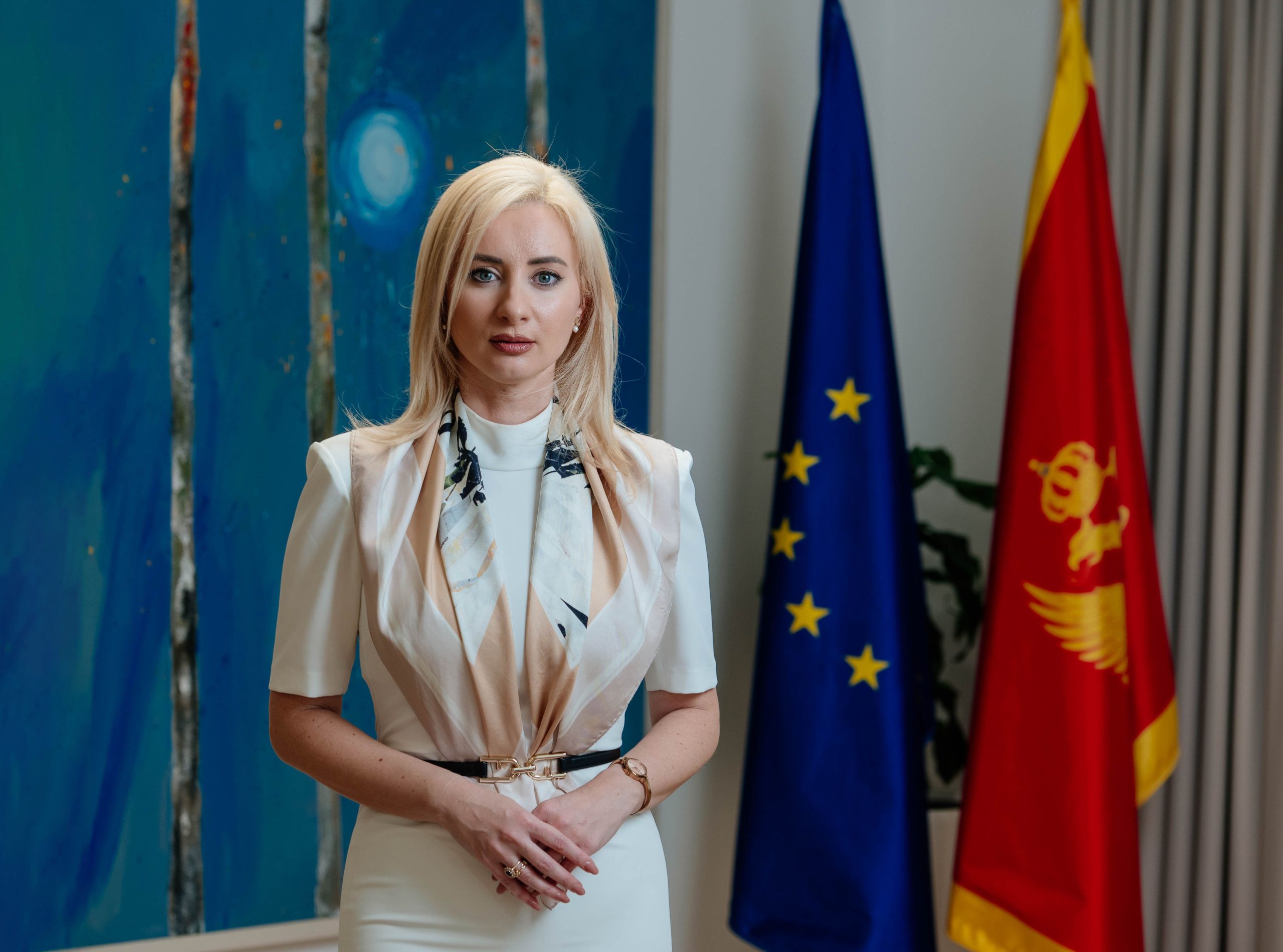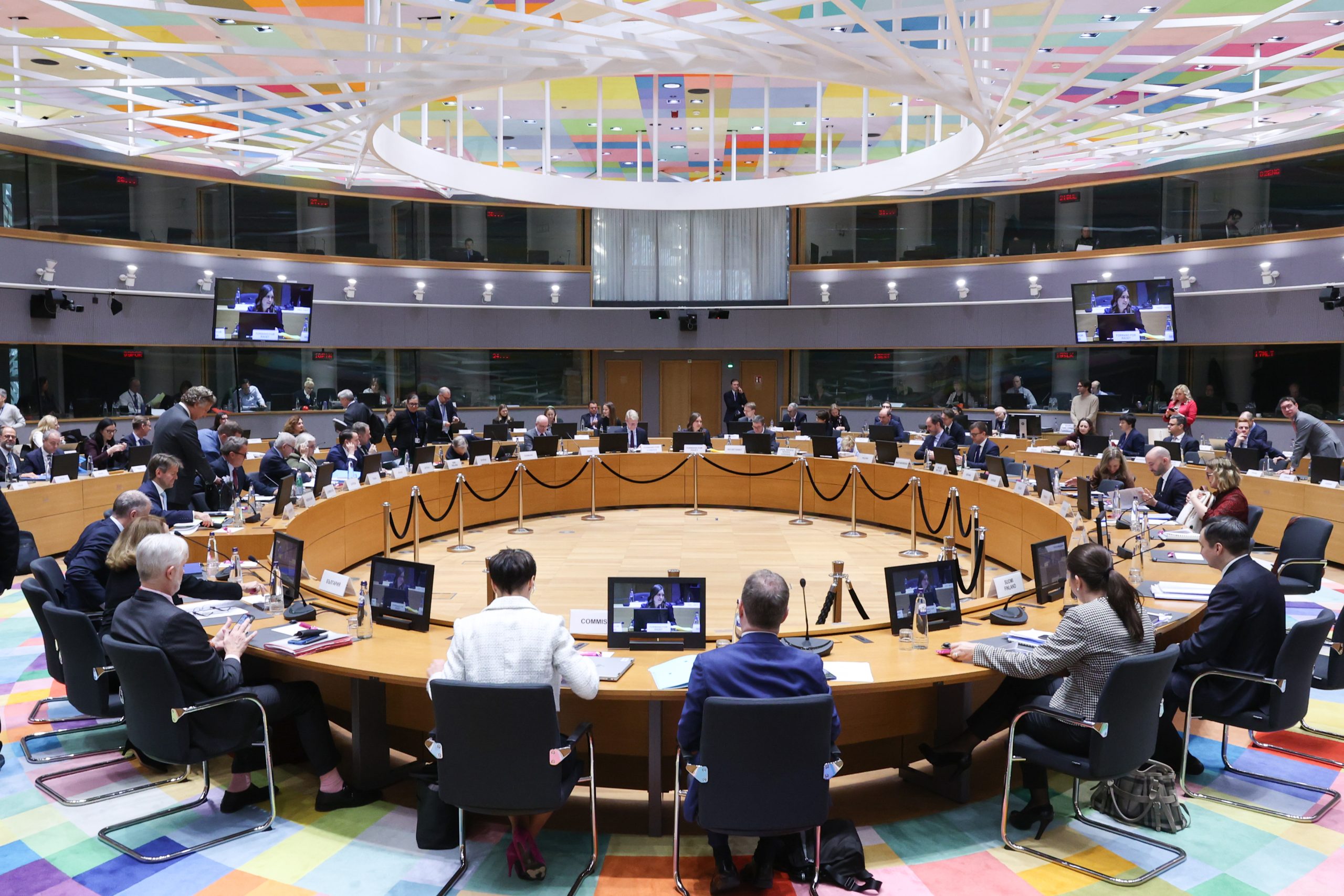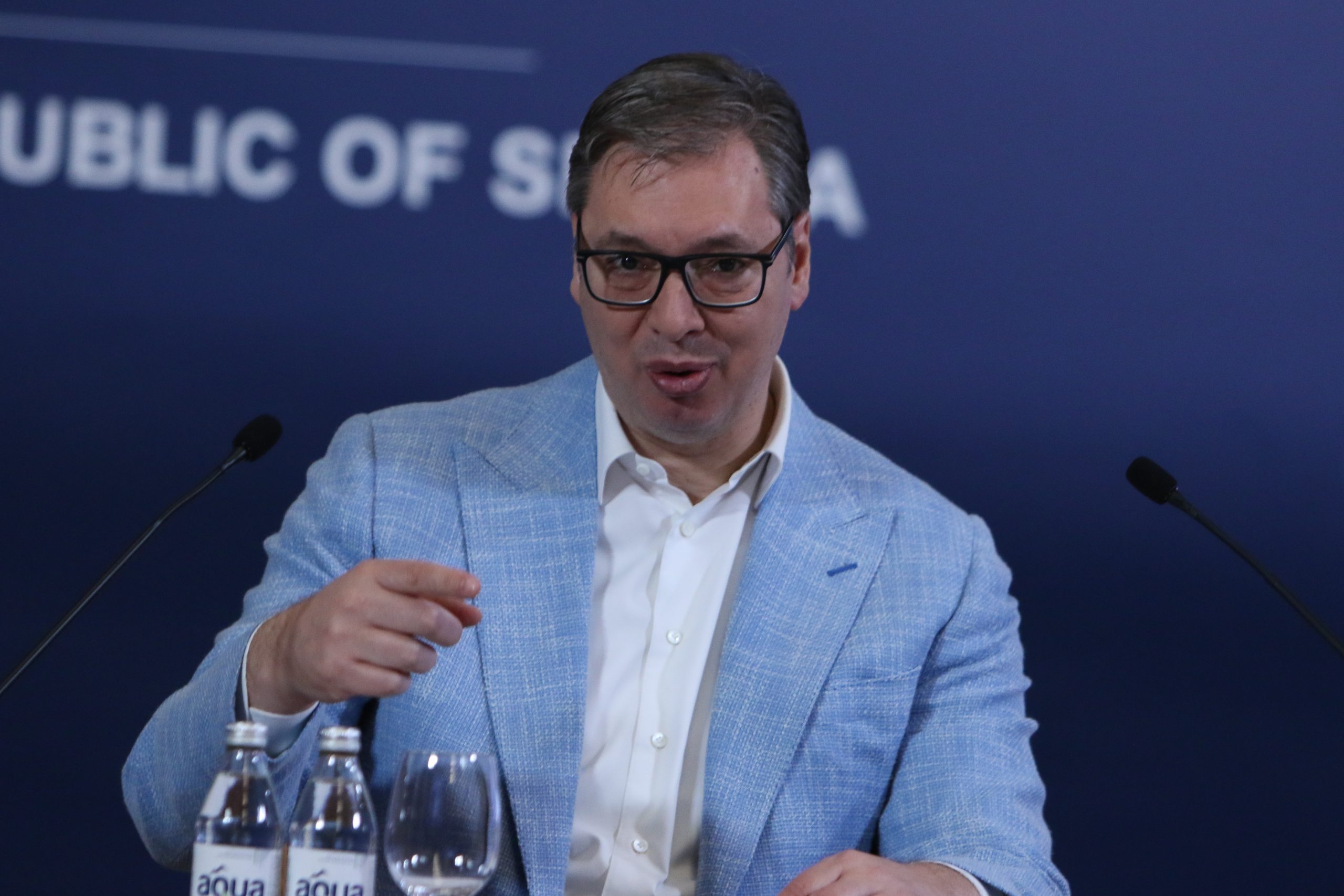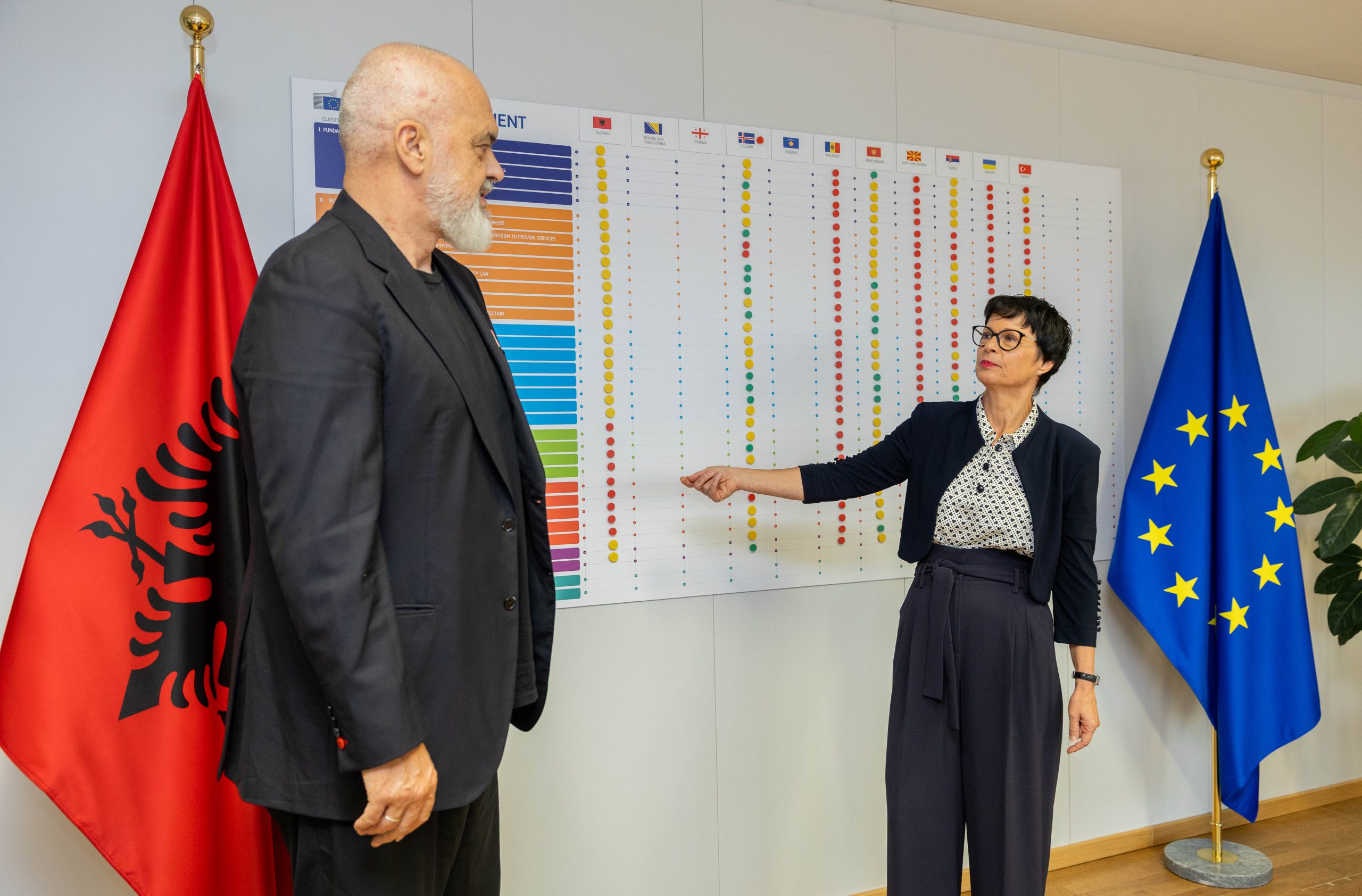For almost fifteen years of Serbia’s membership in the Partnership for Peace, the list of concrete achievements of this cooperation in the fields of security – military, civilian and scientific cooperation – is significant, while the political benefits of cooperation with NATO are always highlighted in the official documents. Nevertheless, Serbia remains committed to a policy of military neutrality. What also has not changed is the perception of citizens about NATO, which remains negative. Relations between Serbia and NATO, therefore, will remain at the current level in the foreseeable future, experts predict.
Cooperation within the Partnership for Peace (PfP) is carried out at the level and speed determined by each partner country. Multiple participants in the program, launched in 1994, have become members of NATO, but countries that do not have that ambition also participate in it; in addition to Serbia, these are Sweden, Finland, Austria, as well as all members of the former Soviet Union.
Serbia formally became a part of the PfP on 14 December 2006, when then-President Boris Tadić signed the Partnership for Peace Framework Document.
“Starting from the belief that the national security of the Republic of Serbia is closely connected with the security of the region of Southeast Europe, the Republic of Serbia wants to build relations with NATO members and partners…We believe that the realization of this commitment is complementary to our goal of accession to the EU”, stated a 2007 document in which the Government of Serbia defined the goals and areas of cooperation.
What has been achieved in the meantime? Marija Ignjatijević, a researcher at the Belgrade Centre for Security Policy (BCSP), says for EWB that cooperation between Serbia and NATO has been intense and has been on an upward trajectory since 2006, although it often takes place far from the eyes of the public.
“When it comes to cooperation with NATO, the first association of people is most often activities such as military exercises. However, NATO offers partner countries opportunities for cooperation in civilian areas as well, in response to civilian security challenges. The most interesting example is participation in the Science for Peace and Security program, through which scientific institutions in Serbia get the opportunity to cooperate with colleagues from member countries, access to modern equipment and resources, and young scientists get the opportunity to work on interesting projects with colleagues from abroad” explains Ignjatijević.
In addition to the achievements within the Science for Peace, it is often pointed out that Serbia, through NATO funds, financed the destruction of surplus obsolete ammunition and received almost 4 million euros for that purpose. Through the programme for improving security in education, as stated on the NATO website, Serbia has become a provider of security in the field of education and training. The Center for Atomic-Biological-Chemical Defence in Kruševac is certified as a partner centre for education and training.
When it comes to the Serbian Army, through the Partnership for Peace, it has participated in building interoperability with the armed forces of the partner countries – reaching NATO standards, after which the unit is certified to participate in operations and carry out declared missions and tasks.
In the past fifteen years, the Serbian Army has held dozens of military exercises with NATO and over 100 with individual members, cooperating in the field of civil protection and emergency situations, with the most pronounced exercise being “Serbia 2018”, where over 2000 participants from 40 countries practised earthquake response.
Serbia also cooperates with other actors on the international scene as part of its foreign policy of balancing and military neutrality, Marija Ignjatijević stresses, adding that this did not affect the scope of cooperation with NATO.
“Last year, at this time, we saw what this means in practice, when Serbia found itself in a gap between East and West in the situation of going to a military exercise in Belarus. In order to avoid angering one side or the other, Serbia froze international military cooperation for 6 months. In that situation, the defense system and its members suffered the most, considering that they lost 6 months of valuable cooperation, exchange of knowledge and experiences with colleagues from abroad. Although cooperation in the field of defense with Russia has intensified in the last few years, it has not affected the scope of cooperation with NATO and I believe that this trend will continue, the only question is how it will be presented to the domestic public and foreign partners. Military cooperation is certainly one of the foreign policy tools and is naturally harmonized with foreign policy, but even in military cooperation, the needs of the defense system and practical benefits should be taken into account more”, she emphasizes.
In addition to the exclusive security dimension, there is also the political dimension of cooperation, which is highlighted as very important by official documents of NATO and Serbia – it includes political dialogue, mutual visits of NATO and Serbia leadership, participation of Serbian MPs in the work of the NATO Parliamentary Assembly in 2007, as well as the Alliance’s support for Serbia’s European integration and cooperation on KFOR. Unlike specific forms of cooperation in the security sector, the results of political cooperation are more difficult to quantify.
According to Igor Novaković, Director of Research at the International and Security Affairs Council (ISAC), the security aspect of cooperation means the most to Serbia.
“This is because there are different forms of communication with the armies of the member states in the region and with their ministries. We are now part of that forum, which is weaker than NATO itself, but still significant. There are lines of direct communication, the liaison office with NATO at the Ministry of Defense, which shows that the communication is at a high lever”, says Novaković.
Asked whether the “list” of achievements in the last fifteen years is short or long compared to expectations, Novaković assesses that the results have significant, especially compared to what Serbia -NATO relations were before 2006.
“In comparison to the cooperation between Serbia and NATO before that, it is certainly important, primarily because the cooperation was raised to a higher level, especially after Serbia received the Individual Partnership Action Plan in 2014 and thus entered the ranks of the highest possible formal partnership, although the advanced members of the PfP are those embers who send their forces to NATO missions, which Serbia does not”, says Novaković.
He adds that, given the historical situation, in general, that cooperation is at a much higher level than is acknowledged in the public.
“This is a topic that, in my opinion, is often avoided, primarily due to the preferences of the voters and historical heritage, but that cooperation means to us because we are surrounded by either NATO member states or those countries where NATO has a direct presence and the constitutional obligation to be present, for example in the case of BiH”, emphasizes Novaković.
The current level of cooperation will not change?
Since joining the Partnership for Peace, Serbia has gone through three so-called Individual Partnership Programs between 2009 and 2012, and then moved to the next level of cooperation – the Individual Partnership Action Plan (IPAP). There are no indications that the cooperation could go to a higher level, towards full membership, or descend from it.
The first Individual Partnership Action Plan, as the most intensive form of cooperation within the Partnership for Peace, was adopted in 2014 and entered into force in January 2015. After its expiration, the second IPAP was adopted for the period from 2019 to 2021. These documents list the specific activities that Serbia wants to carry out within the framework of cooperation with NATO, in the field of military and defense issues, scientific cooperation, crisis situations and protection of classified information, but also in the areas of foreign policy and economic reforms. A large number of activities have been placed in the “ongoing process” category, with no specific deadline for their completion.
Igor Novaković believes that the relationship as they exist now are stable.
“They will not fundamentally change. Especially when you look at the IPAP from 2014, how it is structured, if we look, a good part of that cooperation with NATO and support for reforms related to the process of European integration (as a long-term process)”, Novaković points out.
One of the main limiting factors for further cooperation is the negative perception of NATO due to the 1999 bombing. The percentage of citizens who support Serbia’s membership in NATO in recent years has been in the single digits, and the Alliance still has a very negative treatment in the media, which is the conclusion of a recent CeSID survey. The survey included over 9000 articles, of which, among those related to NATO, 6% were positive and 65% were negative.
Another survey, conducted by Council for Strategic Policy (CfSP), analyzed the print media in 2020 and found that 60% of the total number of headlines about NATO were related to the 1999 bombing, mostly in traditional media such as Večernje novosti and Politika.
“Every government in Serbia since 2007 has invoked military neutrality, presenting it as a geostrategic specificity and an advantage of the Republic of Serbia, and that is certainly something that, even at this moment, the electorate wants to hear. The memory of the NATO bombing is still relatively fresh and it is the citizen’s first association with NATO for 22 years, so this government only continues to please its electorate and does not put the topic of cooperation with NATO in greater focus… Authoritarian regimes, such as today’s power in Serbia, are maintained thanks to the construction of some internal and external enemies, and in our case that external enemy is certainly not Russia and China, but NATO and the West”, says Dajana Ostojić, project manager at CfSP.
She adds that NATO has remarked that the public diplomacy in Serbia is a problem, because the public does not see what kind of cooperation Serbia and NATO have had on a daily basis for 15 years since Serbia became a member of the PfP.
“Serbia, for example, in 2019, held a total of 17 military exercises with other countries, of which 13 were with NATO, while only 4 with Russia. However, NATO is also aware of the perception of public opinion in Serbia about the recent past, so they do not conduct any major pressure to change the narrative of reporting about NATO. However, such media coverage will not have any fatal consequences for the cooperation between Serbia and NATO as long as it takes place within the Partnership for Peace, which does not mean membership in that alliance”, says Ostojić.
When it comes to the further development of relations between Serbia and NATO, Ostojić believes that there will be no significant changes in them in a longer period of time.
“In the next few decades, Serbia’s membership in NATO will certainly not even be the subject of consideration, but what is quite certain is that the IPAP, which expires at the end of 2021, will be renewed, and that the previous intensive cooperation within the Partnership for Peace will continue”, concludes Ostojić.
